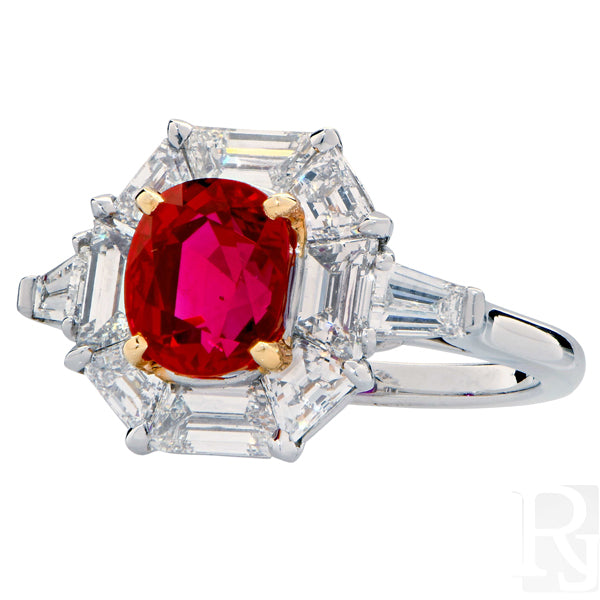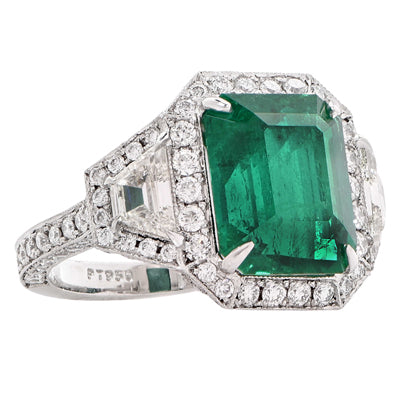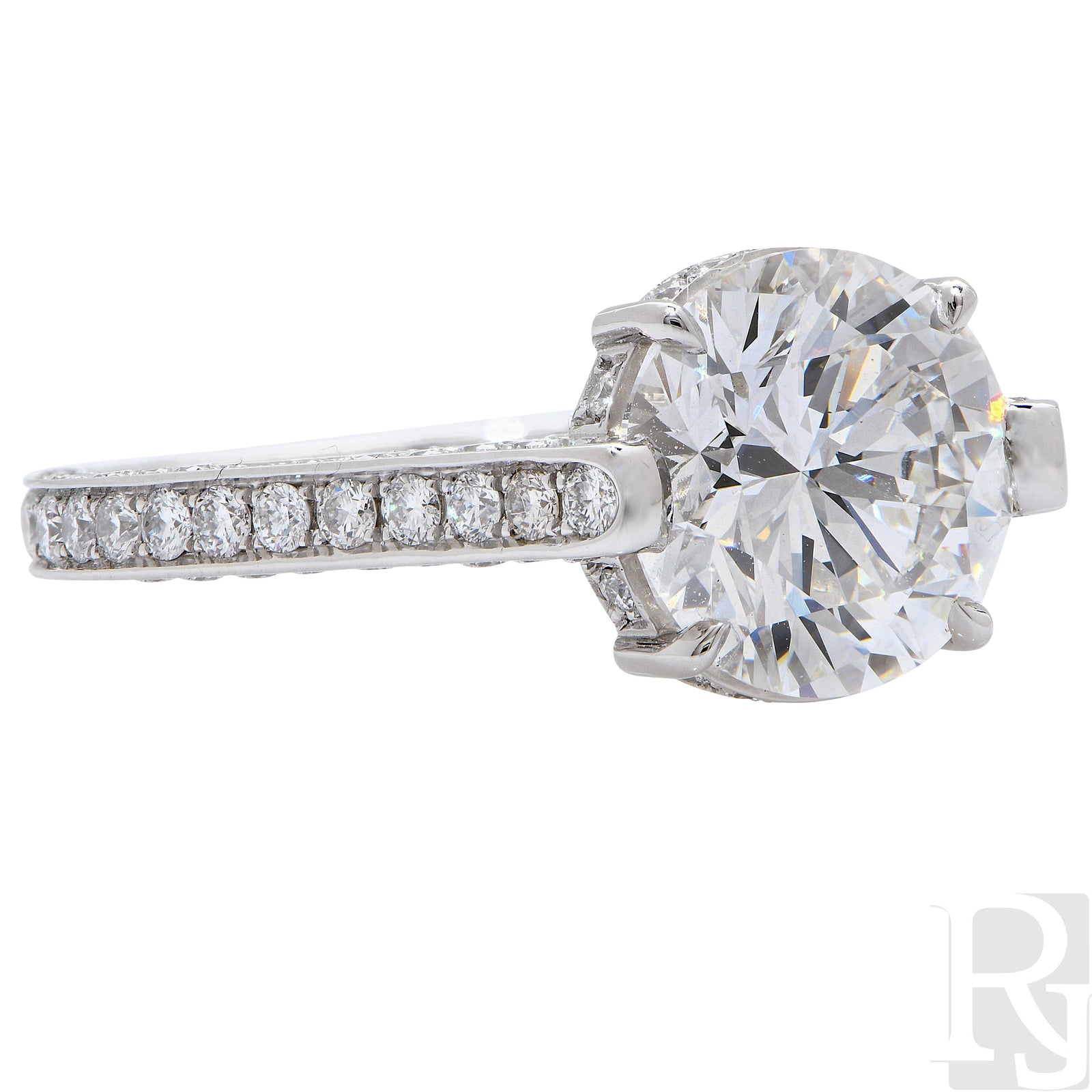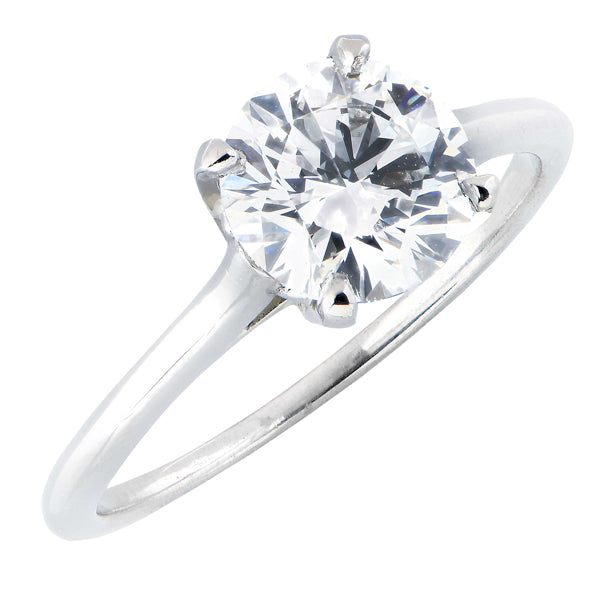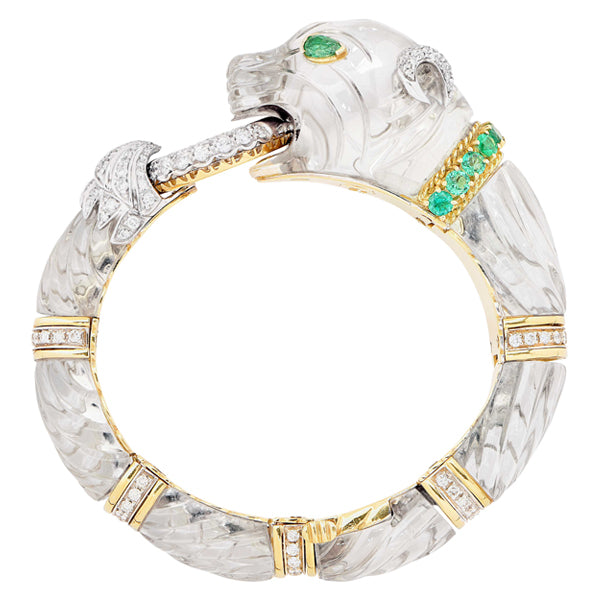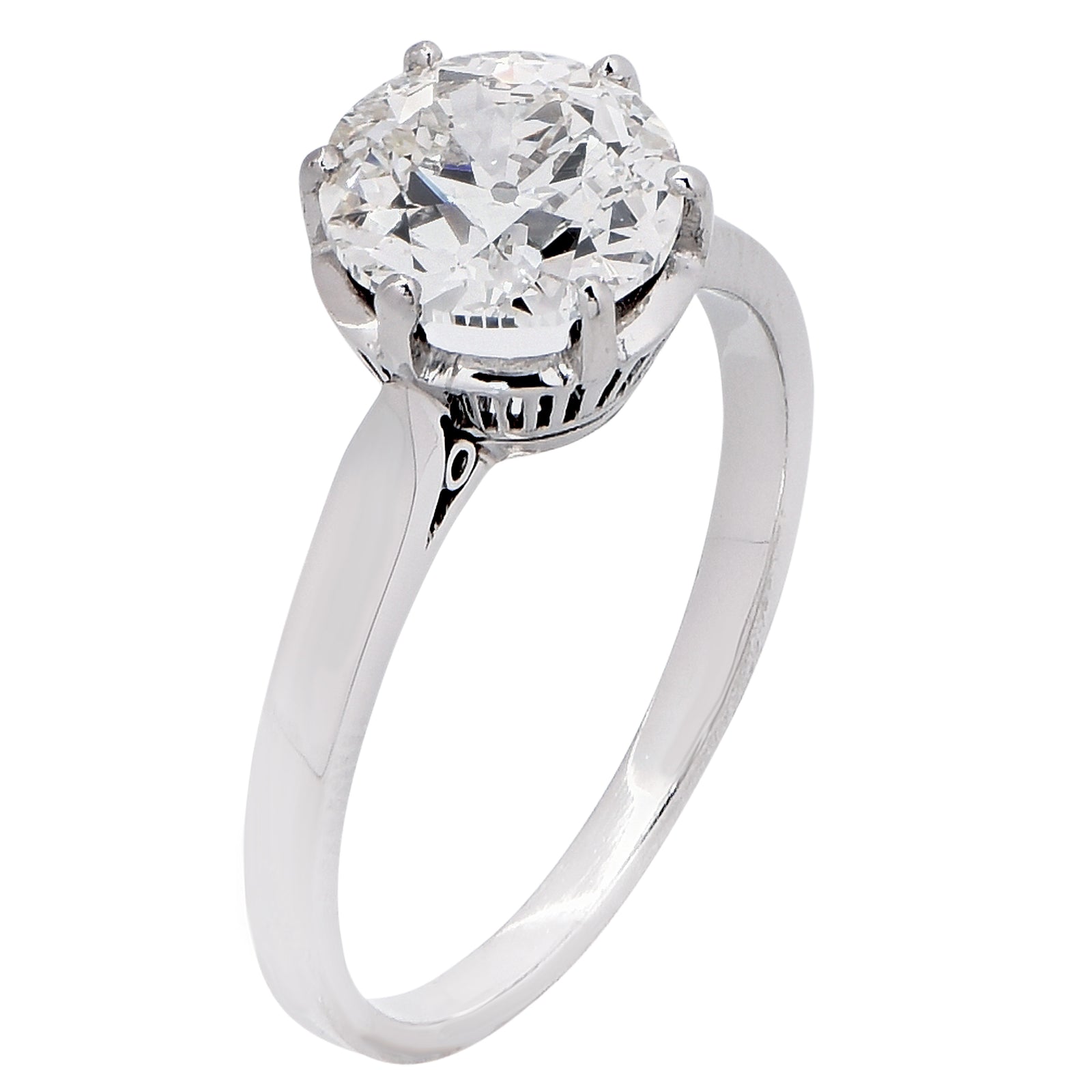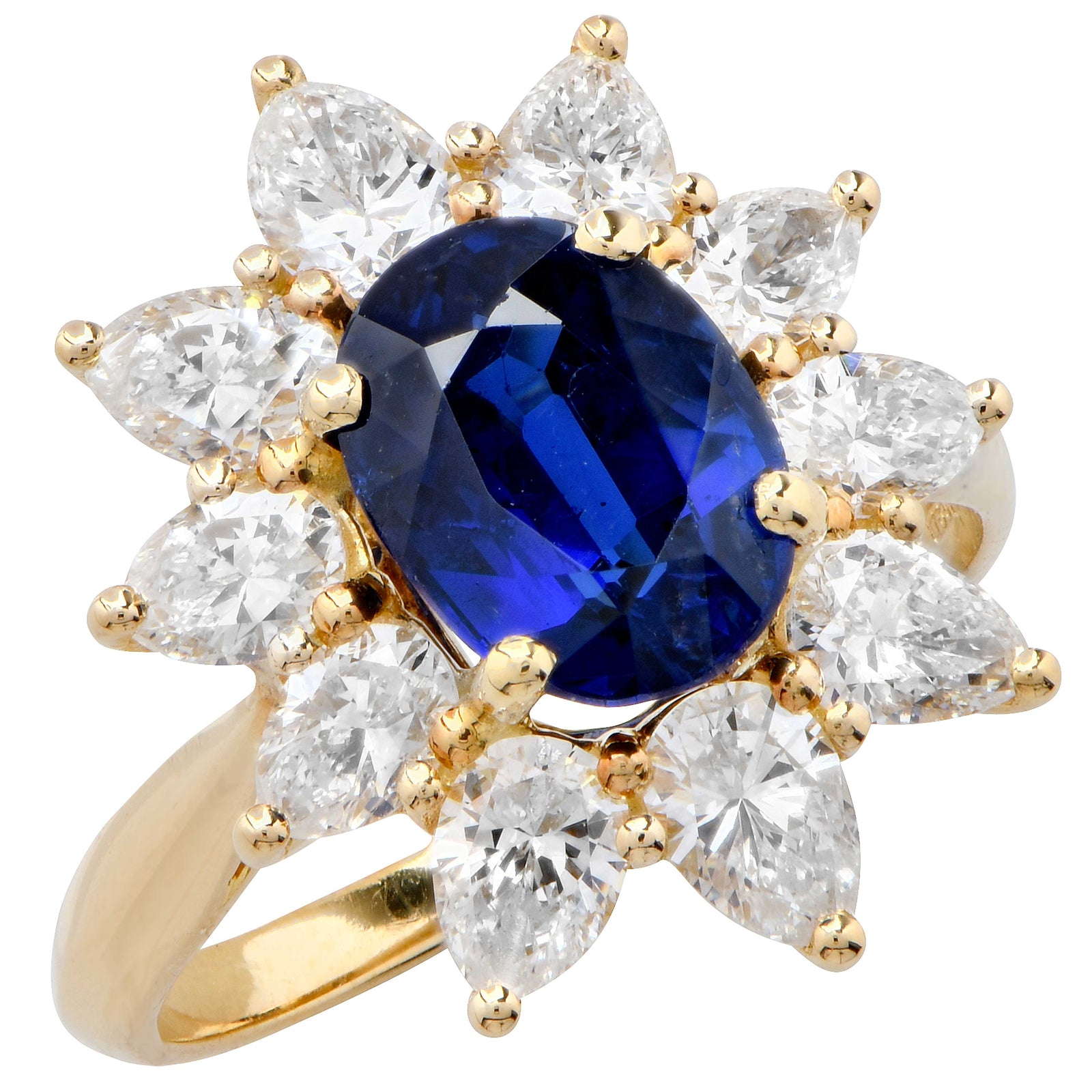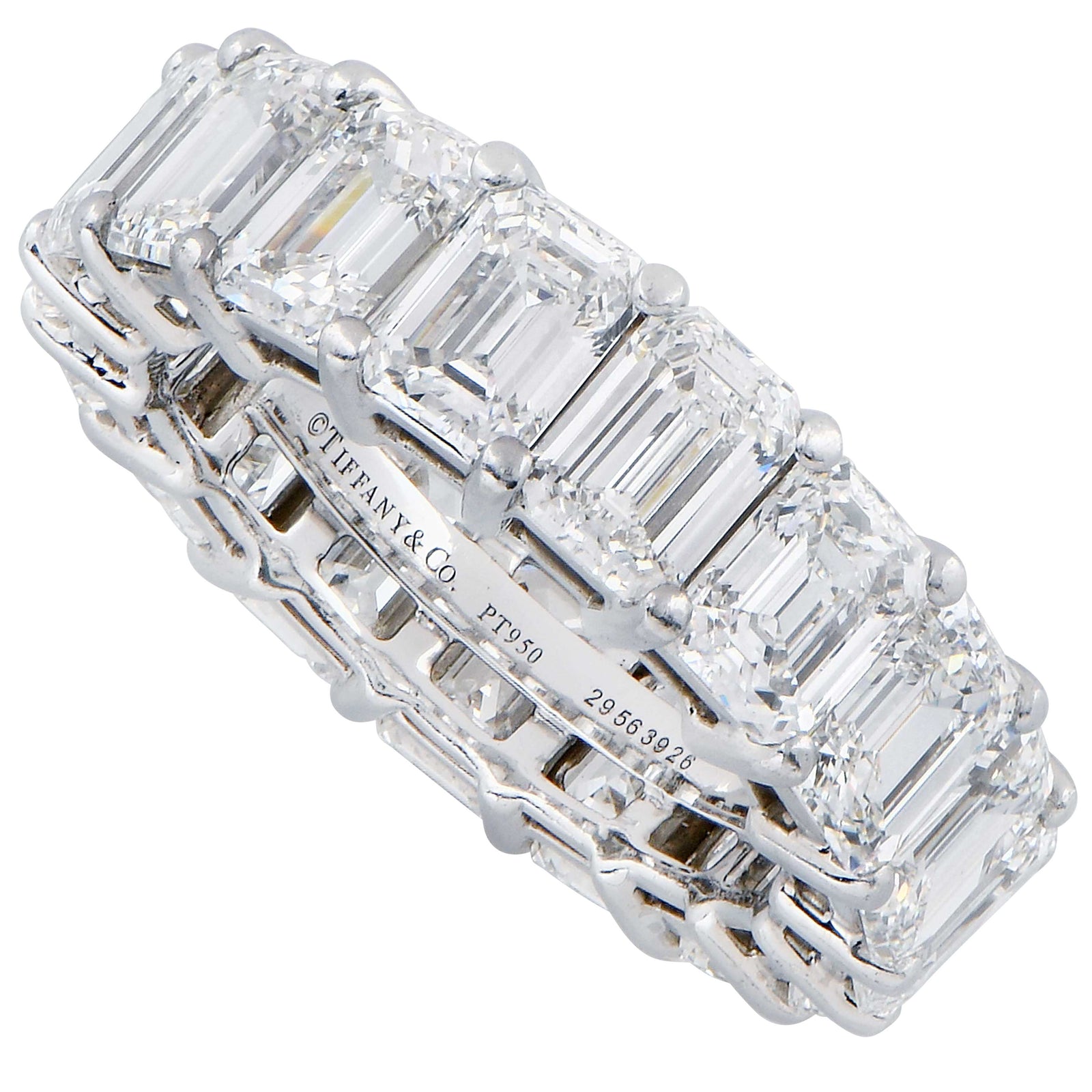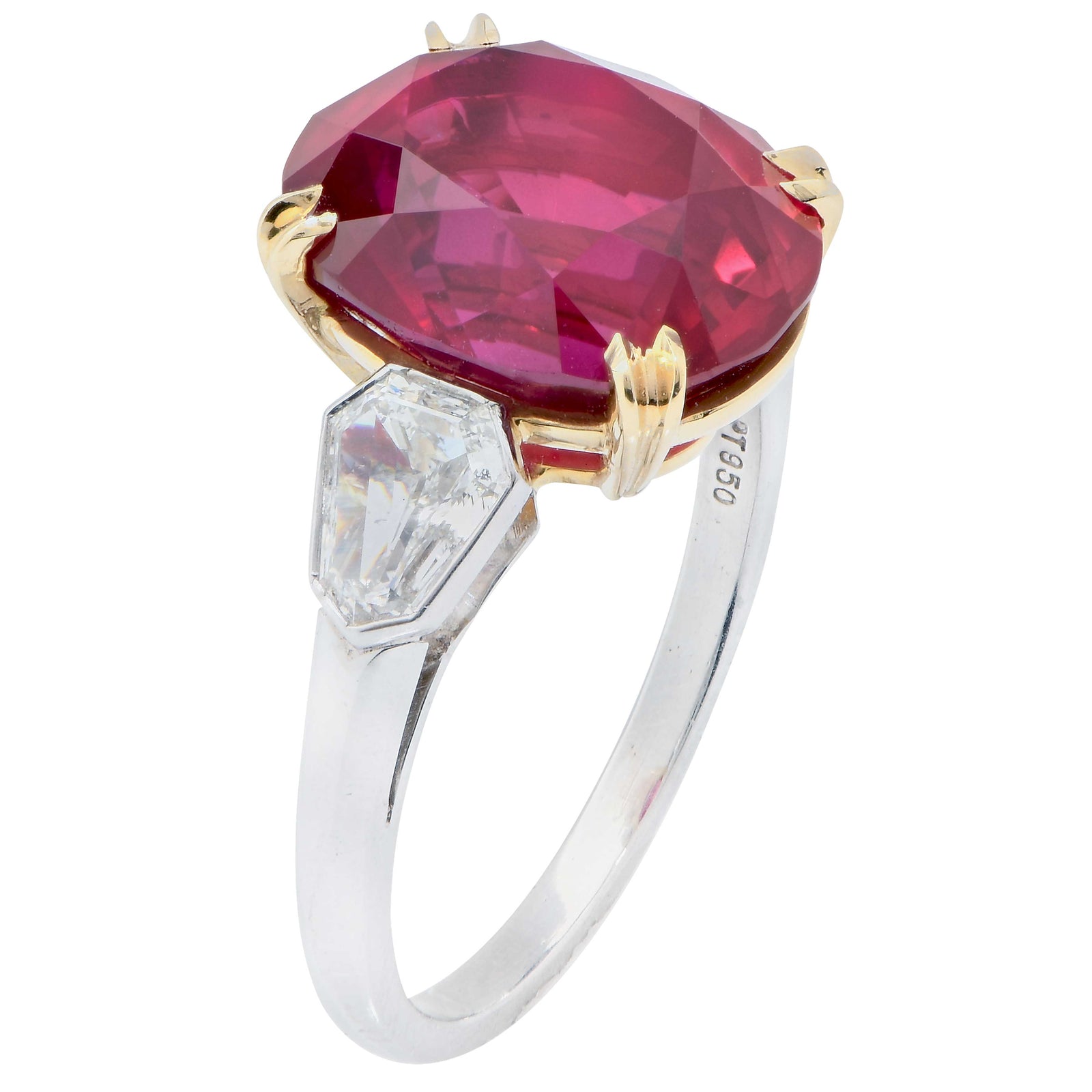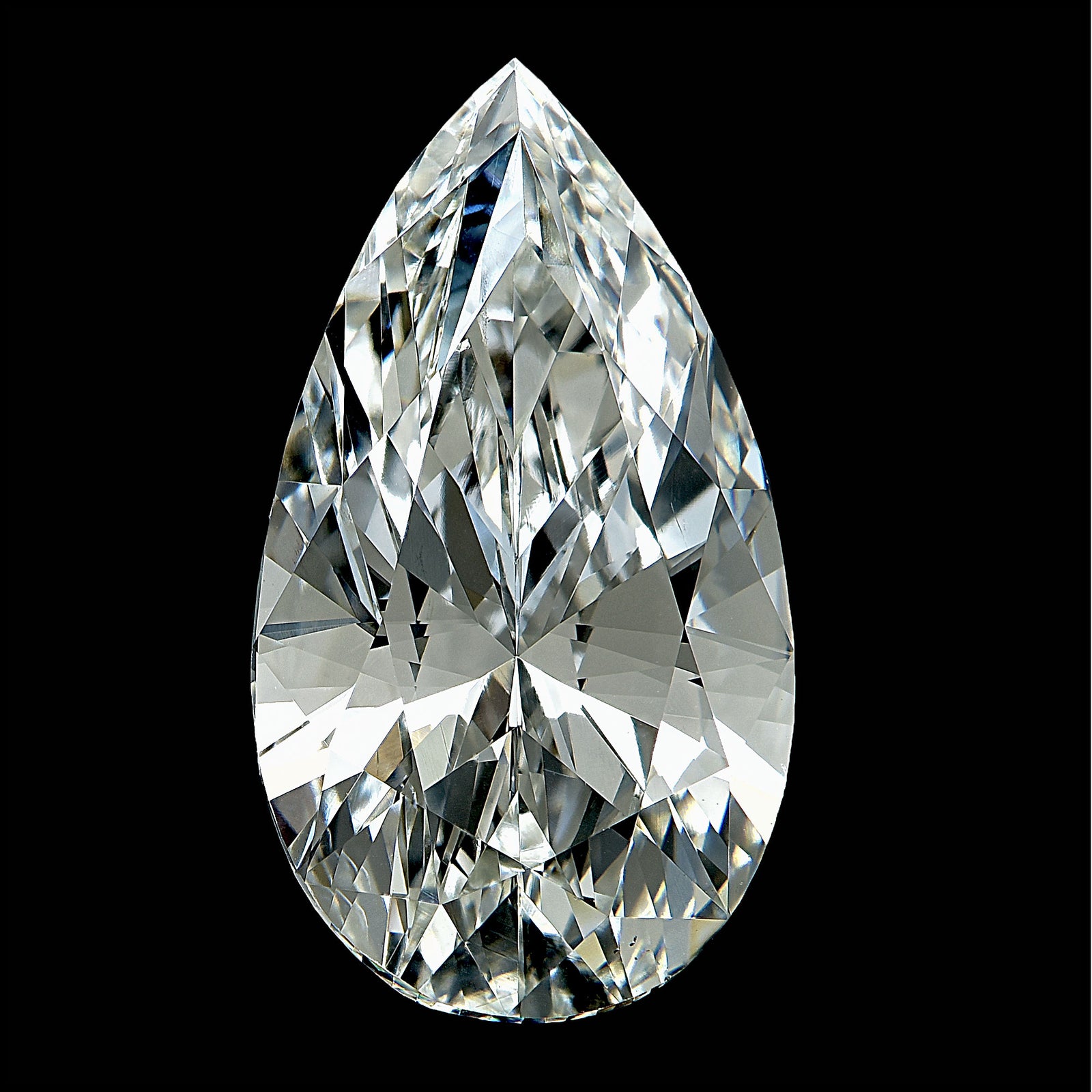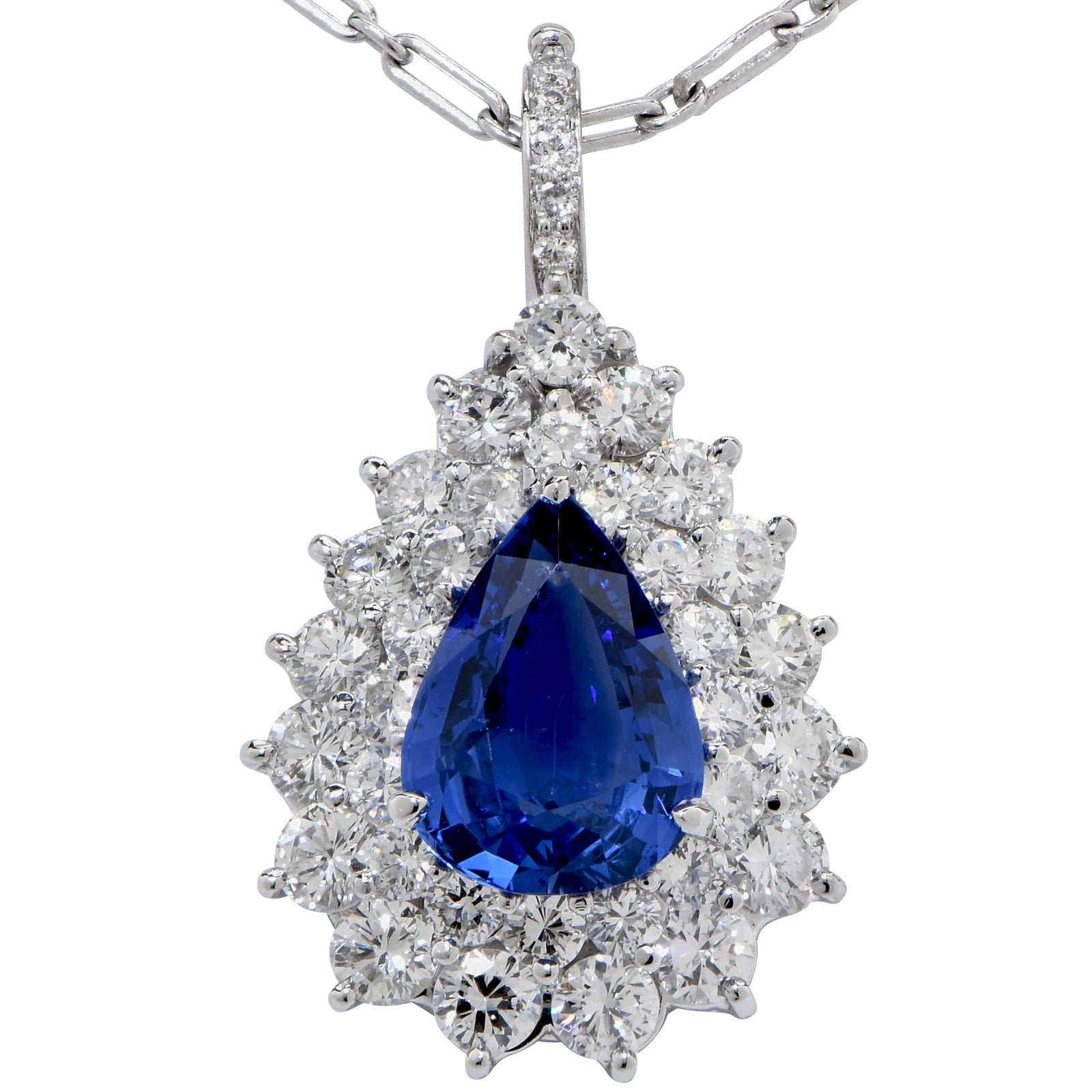On my last blog I pointed out some of the factors designers take into consideration when creating an original engagement ring design and some of the things you as the end user of the design should keep in mind when talking with a designer. Today, I would like to get into some of the design details that make a ring truly original and a more precise statement of who you are. Some of these details may be outside of your current paradigm but if you keep your attention to detail and your emphasis on originality you will find them to be useful when designing your engagement ring.
First and foremost, the first choice a designer must make is the materials which will be used in the design. Metal being the most important, we will speak to your choices. Plainly speaking there are few materials which are worthy of the expense and time you will be placing on this project. Platinum and gold are the most common metals used in jewelry. The reason is the malleability of these metals, that is to say the ability of these metals to be shaped without losing structural integrity or breaking and cracking. Also, the look most associate with jewelry is traditionally based in these two metals. When starting out your design it is important to select the proper metal for your ring.
Platinum is a dense, soft metal which is light gray in color and when properly alloyed with palladium or another whiter metal, results in a rich feeling ring with heft and luster. Platinum is alloyed at 90 to 95 percent platinum and 5 to 10 percent of another metal, which in most cases is palladium or rhodium. The only issue with platinum is that as time goes by the softness of the material becomes evident when micro scratches dull the finish and in some cases deformation occurs. Deformation is not common but it does occur. Platinum is currently selling at lower prices than gold but because of its dense nature and the fact that it is often only alloyed at 5 to 10 percent of the total material its cost remains a bit higher than gold. If you are looking for the whiter finish with a rich feeling to your engagement ring, platinum is the way to go. Also, platinum lends itself to carving and stamping better than gold as it is softer.
Platinum’s color is a strong factor which must be considered when incorporating it in your design. When platinum is polished it takes on a pale gray color which is very close to white and most people find this very attractive. As such, if you are planning on using a fine gemstone in your design platinum often showcases the gemstone better than yellow or rose gold. This depends on the color of your gemstone of course. A fine diamond when set in platinum shows off its color or rather, its lack of color, best. Fine diamonds with colors D, E, of F are best suited for platinum mountings as their pure color and scintillation.
Another quality of platinum is its hypoallergenic qualities. Platinum also will not discolor or oxidize like gold. Platinum, however, does have its negatives. It is softer than gold and prone to micro scratching which dulls its finish easily. In extreme cases, platinum prongs can twist or break and the main gemstone can be lost.
All of these factors are just a few of the things to consider when selecting platinum as your metal. On the next blog I will talk about gold and all of its variations.
If you would like to stop by and sit with me, please call ahead of time to make an appointment. 305-443-7373.
One the next blog, we will explore gold and all of its glorious colors and alloys.

